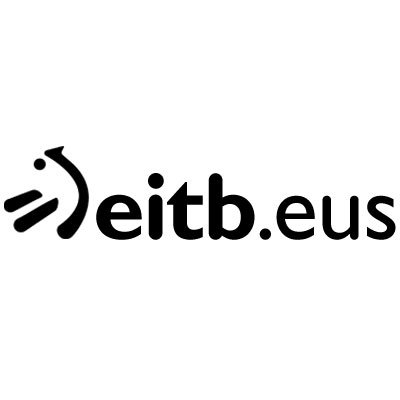http://lcotiv.com/tv/02915058705.html
Euskal Irrati Telebista (EITB, Basque Radio-television) is the Basque Autonomous Community's public broadcast service. Its main brand is Euskal Telebista (ETB, Basque Television).
EITB is the leading media group in the Basque Autonomous Community of Spain with four domestic television channels and five radio stations. Their channels are also broadcast in the whole Basque Country, and people in nearby territories such as Burgos (in Castile and León), Cantabria, Huesca (province) and Zaragoza (province) (in Aragon), La Rioja, and Pyrénées-Atlantiques (in France) can also get the signal. It has been running since 1982 and during this period it has established itself as a major media organisation, connecting with more than a million people every day. The majority of EITB's broadcasts deal with local news and entertainment.
In Francoist Spain, the Basque underground had an independent voice, Radio Euskadi, which operated on shortwave from two continents.
On 20 May 1982 the Basque Parliament unanimously approved the law that set up Euskal Irrati Telebista and on 23 November, the radio channel Euskadi Irratia started broadcasting. ETB, for its part, reached Basque households at midnight on 31 December 1982 with a presentation by the Basque Lehendakari Carlos Garaikoetxea and its programmes were regularized, starting from 16 February in the following year. At the time about 30 people worked in the ETB centre in Iurreta to provide programmes exclusively in Basque.
Several years later, ETB 2, its second flagship television channel, commenced operations on 31 May 1986 broadcasting in Spanish, and at the present time it has a further two international channels. Following an agreement between Sogecable and EITB, 87 million households all over Europe have been able to pick up ETB Sat from the Astra satellite since May 2001. It may be picked up via Sogecable's Digital Plus satellite-TV service throughout Spain. The EITB Group's fourth television channel is Canal Vasco, a medium specifically geared towards the Americas, where it reaches viewers through American DTH and cable companies.
Following the implementation of Digital terrestrial television, the Basque government allowed EITB to create two new digital television channels. The first, ETB 3, started broadcasting in October 2008, offering programming for children and youngsters in Basque. The second, ETB 4 was first expected to be a bilingual news channel, but was later redefined as a sports channel. Its launch was postponed but ETB 4 subsequently launched officially on 29 October 2014.
The EITB group also has five radio stations with more than 300,000 listeners every day - Euskadi Irratia, Radio Euskadi, Radio Vitoria, Euskadi Gaztea and EITB Musika respectively.
